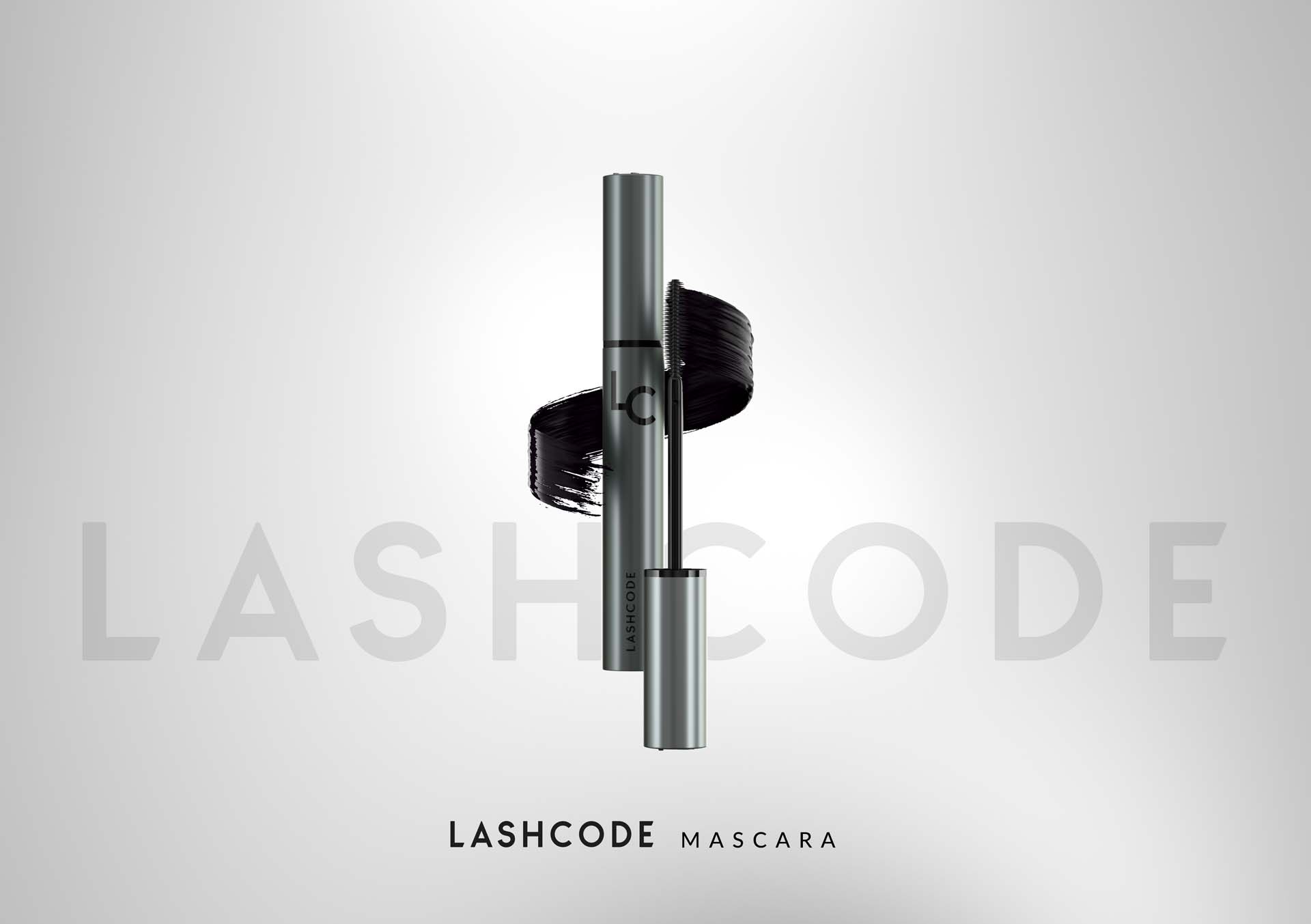When you notice the first signs of ageing on your face, you instantly realize that the situation has just got serious. What is the initial reaction? You start looking for some innovation and a new miraculous remedy to combat fine lines. You want to learn how to preserve youthful-looking appearance. Perhaps the solution is in the exact place you’re looking for. Did you know that a lot can be done – in terms of wrinkle removal, of course – with this inconspicuous nutrient, which is vitamin A? Check out how it benefits skin and why it has to equal!
Vitamin A, a.k.a retinol. The finest skin rejuvenation treatment
For many years vitamin A has been recognized as unrivaled in terms of defying ageing. Fine lines? Pigmentation? Saggy skin? Indeed, retinol deals with all of them. Actually, the list of benefits is definitely longer and also includes curing acne.
Retinol and its derivatives belong to the group of fat-soluble substances. This information is pretty important because these kinds of substances are able to penetrate epidermis to reach deeper, penetrate the skin layers and facilitate skin’s self-repair processes. Moreover, they promote collagen and elastin production which effectively deals with saggy skin. Finally, both retinol and its derivatives, even if used in low concentrations, are powerful enough to deliver the desired effects.
Vitamin A. Why do some people treat it unfairly?
Did you know that retinol has a bad reputation? Throughout many years people kept wrongly associating this nutrient with some false information, which was often even mischievous. It has to be stated once and for all, vitamin A was, is, and will always be one of the finest skin rejuvenation treatment. What about all these pieces of unfair gossip going around retinol? It turns out that some of them may be true. The thing is that there are some vitamin A derivatives that may have some adverse effects on the skin. Put simply, retinol derivatives aren’t made equal. Therefore, it’s time to analyze the most common vitamin A-like substances to know how each of them affect the skin. Here is the list of the popular retinol derivatives.
VITAMIN A DERIVATIVES
1. Pure retinol
It’s a rather unstable form of vitamin A. This is the retinol that isn’t able to penetrate skin as deeply as we would like it to. However, when it finally manages to penetrate epidermis, it becomes tretinoin. Retinol diminishes the appearance of wrinkles and deals with sagging leaving the skin smooth and repaired.
2. Retinol esters: retiny palmitate, retinyl acetate
They are considered as mild forms of vitamin A. The effects produced by retiny palmitate and retinyl acetate are far from profound, and therefore they create a group called pro-retinol. Although they deliver effects slower, you can use them to soothe skin inflammations and cure acne. You just have to be patient and keep using retnol esters for a longer period of time.
3. Stable form of retinol: hydrogenated retinol
This form of retinol is recommended mostly to cure severe acne. Apart from that, it’s proven to be useful for sensitive skin care, it doesn’t cause irritations and knows how to handle the skin that needs some help with carrying out its self-repair processes. Additionally, hydrogenated retinol can be effectively used for brightening pigmentation spots caused by the sun exposure.
4. Retinoid: hydroxypinacolone retinoate
The latest incredibly stable form of vitamin A – hydroxypinacolone retinoate – is proven to be the best to repair skin, rejuvenate it and reduce wrinkles. Since it’s completely safe for humans because it doesn’t cause any irritations or discolorations, hydroxypinacolone retinoate is often added to many face creams and serums. This is the costliest form of vitamin A used currently in the cosmetic industry.



Leave a Reply